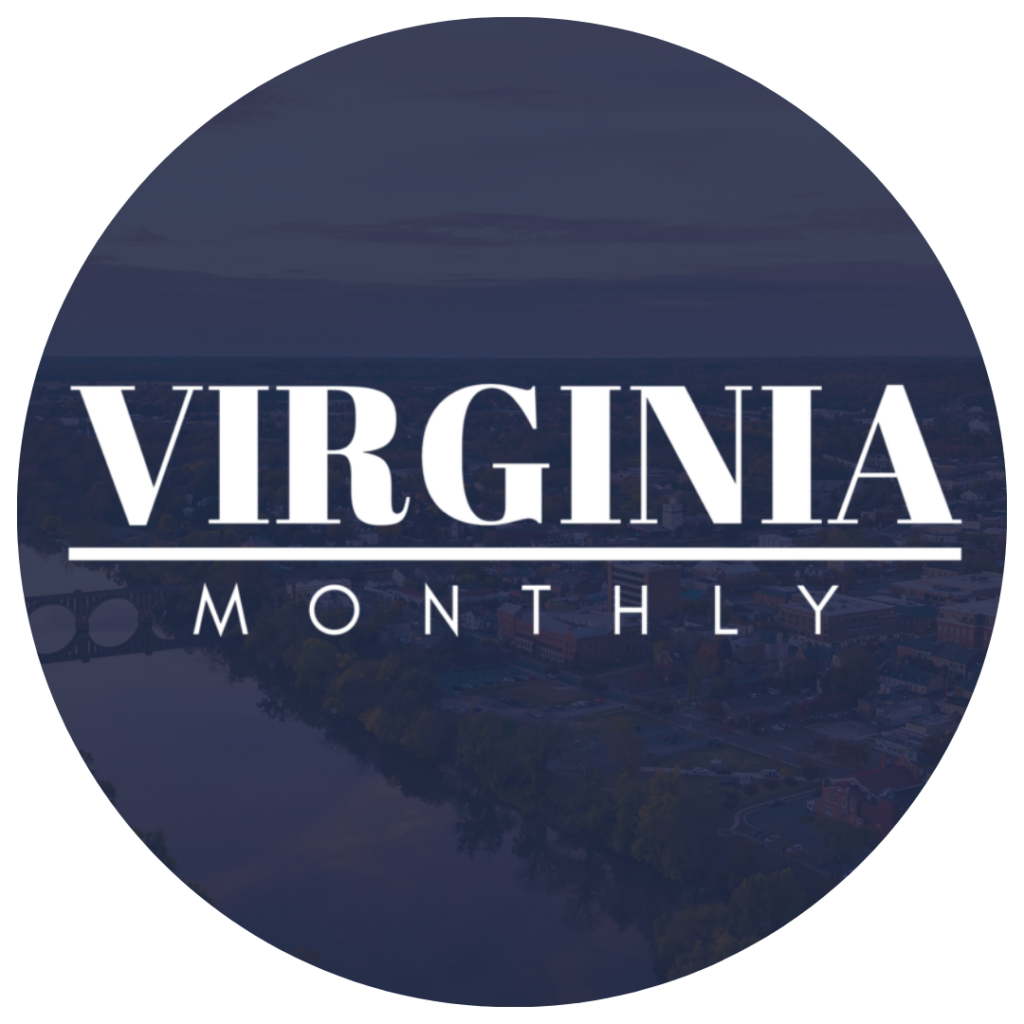The Virginia state budget is a detailed financial plan that allocates resources across various sectors, with the goal of balancing the state’s revenue and expenditure priorities. As in any state, the budget reflects both the available financial resources and the needs of the population, with particular attention given to essential services like education, healthcare, public safety, and infrastructure. By examining the budget, one can better understand how Virginia prioritizes its financial commitments and plans for future challenges and growth.
Read also: The Role of a Law Degree in Political Candidacy
Revenue Projections and Economic Assumptions
The state budget is primarily based on forecasts of future revenues, which come from taxes, fees, and federal grants. The general fund, which accounts for most of the state’s expenditures, relies heavily on income and sales tax revenues, alongside other sources such as business taxes. The forecast for Virginia’s revenues takes into consideration economic growth trends, unemployment rates, and inflation, with the understanding that fluctuations in these factors can affect revenue generation.
For the 2024–2026 biennium, the revenue projections have been made with the expectation of a relatively stable economic environment, though certain uncertainties are acknowledged. The budget assumes a mild economic slowdown in the first year of the biennium, followed by a recovery phase in the second year. These assumptions are based on current trends but may be adjusted if economic conditions change. The approach reflects a cautious optimism about Virginia’s economic future, balancing between anticipated growth and the need for financial flexibility in the face of potential downturns.
Key Expenditure Priorities
Education
A significant portion of the Virginia state budget is allocated to education, which reflects the state’s commitment to providing quality educational opportunities for its residents. Education funding is spread across K–12 schools, higher education institutions, and various support services aimed at improving educational outcomes.
For K–12 education, the budget includes substantial investments aimed at enhancing teacher compensation, improving school infrastructure, and supporting at-risk students. Funding increases are directed toward areas such as special education, early childhood education, and programs designed to close achievement gaps. The state also continues to focus on adjusting the Standards of Quality, which sets the minimum expectations for educational services in Virginia. This investment is seen as necessary to address the evolving needs of the student population and ensure that educational institutions are equipped to prepare students for future challenges.
In higher education, Virginia has dedicated funds to maintain affordability and support the long-term sustainability of public colleges and universities. This includes funding for student financial aid, as well as investments in research and development initiatives that could contribute to the state’s broader economic growth.
Health and Human Resources
The health and human services sector is another area of significant expenditure in the Virginia state budget. Health services are particularly important due to the rising costs associated with Medicaid and other public health programs. The state continues to prioritize expanding access to healthcare for underserved populations while managing the growing costs of Medicaid.
The budget allocates funds to support the increasing demand for healthcare services, driven by factors such as an aging population and higher rates of chronic conditions. Medicaid, which serves a large portion of the population, is expected to require additional funding to meet the needs of beneficiaries and keep up with inflation in healthcare costs. The state has also focused on ensuring that mental health services are adequately supported, with investments in community mental health centers and related services.
In addition, the Virginia state budget includes provisions for addressing public health challenges, such as infectious disease outbreaks, maternal and child health, and emergency response capabilities. This broader investment in health is critical for improving public health outcomes and maintaining the overall well-being of the state’s residents.
Economic and Workforce Development
The budget emphasizes the importance of fostering economic growth and supporting workforce development initiatives. This includes investments in sectors like technology, manufacturing, and life sciences, which are seen as key drivers of future economic growth in Virginia. There is also a focus on initiatives that support small businesses and encourage job creation in underserved areas.
Workforce development programs, which aim to equip residents with the skills needed for the modern job market, are a central part of the state’s economic strategy. This includes funding for job training, apprenticeships, and programs designed to enhance access to high-quality employment opportunities. The state also continues to invest in educational partnerships that bridge the gap between employers and workers, helping to ensure that businesses have access to a skilled and prepared workforce.
Public Safety and Infrastructure
Investments in public safety and infrastructure are also critical priorities within Virginia’s state budget. These sectors are essential for maintaining a high quality of life for residents and ensuring the continued functionality of the state’s physical and societal frameworks. Public safety initiatives include funding for law enforcement agencies, fire departments, and emergency services, ensuring that Virginia’s communities remain safe and well-supported.
Infrastructure investments, particularly in transportation, are aimed at improving the state’s roads, bridges, and public transit systems. This includes funding for key projects like the expansion and maintenance of major highways, as well as the development of infrastructure that supports growing urban areas. Ensuring that the state’s transportation system can accommodate future growth is seen as vital for economic stability and quality of life.
Additionally, infrastructure improvements focus on climate resilience, with some funds directed toward projects that address the challenges posed by sea level rise and extreme weather events. These investments are designed to safeguard the state’s long-term sustainability and protect its communities from the impacts of climate change.
Fiscal Prudence and Reserves
While the budget reflects many spending priorities, it also includes provisions to ensure fiscal prudence. Virginia’s state government aims to maintain a balanced budget and avoid taking on unsustainable debt, which requires careful planning and monitoring of both expenditures and revenues.
One strategy used to maintain financial stability is the creation of reserves, or surplus funds, which can be used to cover unexpected shortfalls during economic downturns. The state budget includes a projected surplus, some of which will be allocated to these reserves, providing a cushion against unforeseen financial challenges. By setting aside funds for future uncertainties, the state is able to respond more effectively to economic shifts and maintain its commitment to essential services even during leaner years.
Additionally, Virginia’s approach to fiscal policy focuses on long-term sustainability, considering not just immediate needs but also the future financial implications of current expenditures. This reflects a broader strategy to keep the state’s finances in a healthy state, ensuring that future generations do not bear undue fiscal burdens.
Challenges and Considerations
While the state budget is designed to address many of Virginia’s current priorities, it is not without challenges. One of the ongoing concerns is managing the cost of healthcare and social services, which continue to rise due to factors such as population growth and inflation. Meeting these demands without overextending the state’s resources is a delicate balance.
Another challenge involves the need to address disparities in access to education, healthcare, and economic opportunities, particularly in rural and underserved urban areas. Although the budget includes provisions for these issues, the effectiveness of these efforts will depend on careful implementation and monitoring.
Finally, as Virginia continues to focus on long-term growth, there will be a need for continued investment in emerging industries, such as clean energy and technology. Supporting these sectors requires a commitment to innovation and adaptation in a rapidly changing global economy.
Read also: The Role of Women in Shaping Virginia’s Legislative Future
The Virginia State Budget and Its Impact on the Future
The Virginia state budget serves as both a financial plan and a reflection of the state’s priorities. By allocating resources across essential sectors, such as education, healthcare, infrastructure, and economic development, the budget aims to address both current needs and future challenges. While it is not without its complexities, the state’s approach to budgeting reflects a balance between short-term necessities and long-term sustainability. By carefully managing resources, maintaining reserves, and investing in key sectors, Virginia seeks to support its residents and ensure its continued growth and prosperity.








